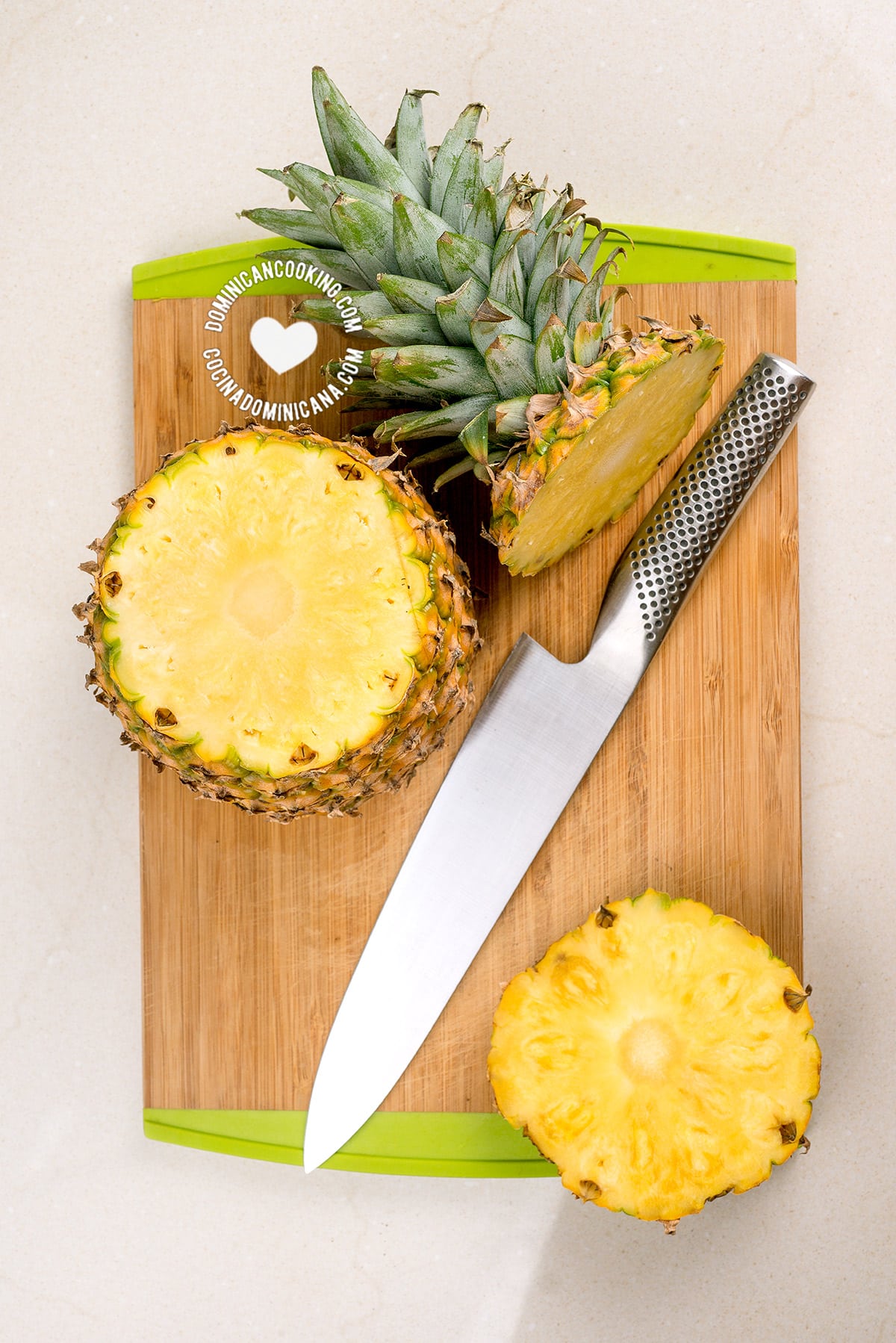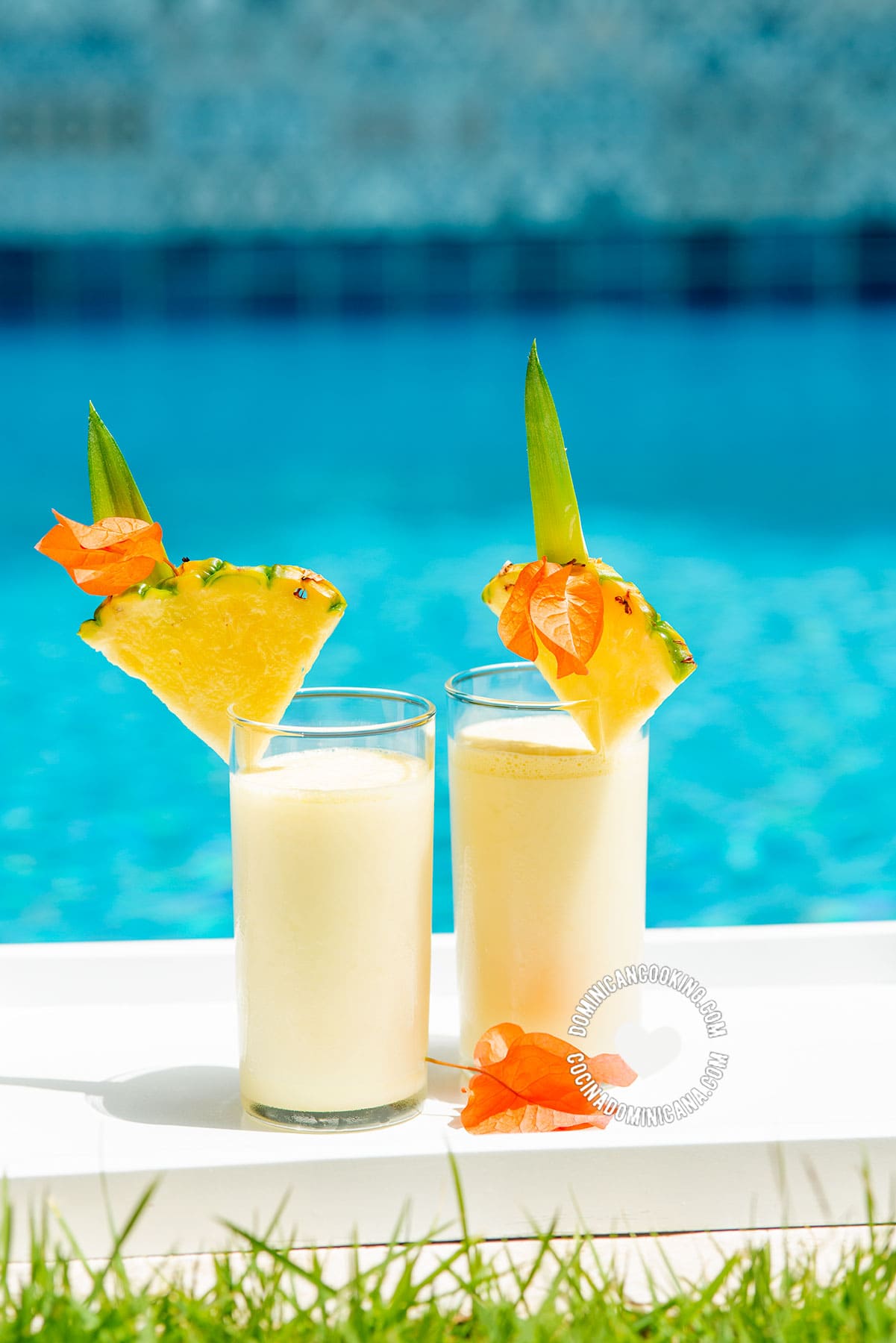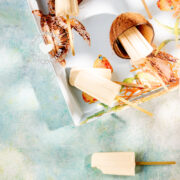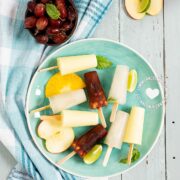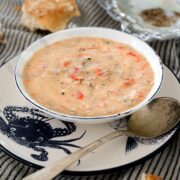Piña colada (rum, pineapple, and coconut cocktail) is a drink that symbolizes the tropics, beach, and sunny days under palm trees. The world-famous drink from Puerto Rico has become one of the most popular cocktails in the world, and you'll soon see just why I think this is the best piña colada recipe.
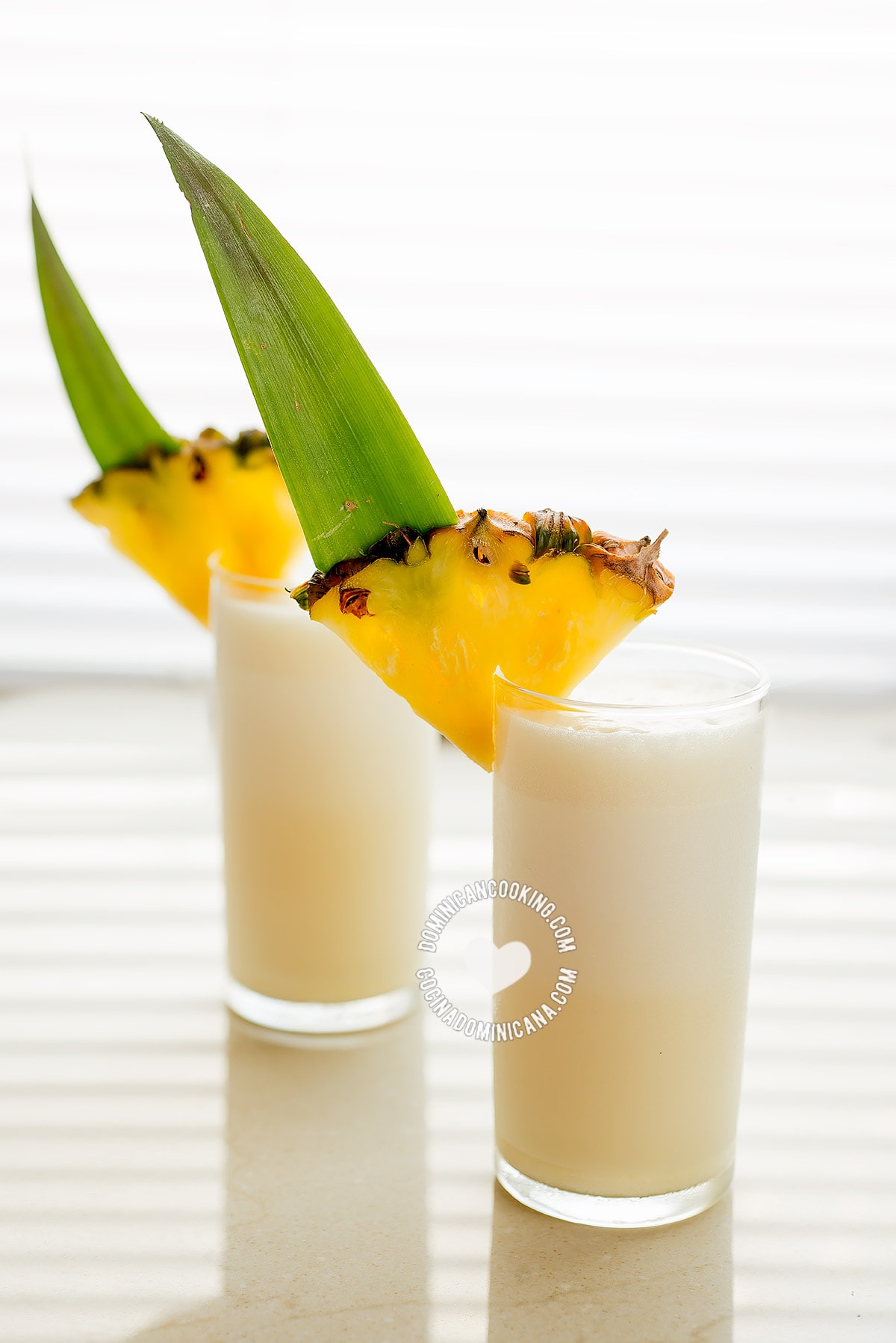
Why we ❤️ it
A cocktail made of pineapple, coconut, and rum, piña colada is possibly the world's most famous tropical drink. It is sweet, rich, deep, creamy, and everything you expect from a Caribbean paradise. The good news is that it is very easy to make. And once you do it, you'll be the most popular person amongst your friends.
Puerto Rico has always felt to me like a second home away from home, and I am so grateful for its bountiful gifts to the world, and specifically for this one. Thanks, Borinquen!
History
The popular drink has its origins in the neighboring island of Puerto Rico, possibly its most famous export. The mixture of pineapple, coconut, and rum is, as a matter of fact, Puerto Rico's official beverage.
At the end of the 70s Rupert Holmes unleashed upon the world his magnum opus about Piña Colada, unexciting marriages, and adulterous spouses in the age before internet dating. This further cemented piña colada as one of the most famous cocktails in the world and a cultural phenomenon.
"If you like Pina Coladas, and getting caught in the rain
Rupert Holmes
If you're not into yoga, if you have half a brain
If you like making love at midnight, in the dunes of the cape
I'm the love that you've looked for, come with me, and escape"
Why colada
Colada means "strained" in Spanish. If made from fresh pineapple chunks (instead of pineapple juice), piña colada is usually strained to eliminate the unblended pineapple fiber.
Notice I do not strain it, I prefer to blend it enough that the fiber doesn't bother me.
How it's made
Classic piña colada is made by mixing fresh pineapple, cream of coconut (some use coconut milk), and white rum in a blender. It is then poured into hurricane glasses and garnished with maraschino cherries, pineapple wedges, and the ubiquitous cocktail umbrella.
Variations
Some people use pineapple juice as opposed to fresh pineapple. This is a far second choice, to be honest, nothing beats the taste of fresh pineapple. But if you definitely can't find pineapple, use 12 ounces pineapple juice (1½ cups) instead of fresh pineapple.
Some people may add a dash of vanilla to theirs, but this isn't the classic one, and I personally don't.
If you only have dark rum, just use that. It'll be fine.
Virgin piña colada
You can make it into a virgin piña colada by leaving out the rum, which makes an attractive, lovely mocktail.
Tia Clara's top tip
There's sweetened and unsweetened coconut cream available in supermarkets, For the recipe I used unsweetened and added sugar. If you find sweetened cream, leave out the sugar.
About this recipe
This is the base for the classic drink, but you'll find so many variations out there, but I'll leave it to Puerto Ricans to judge them.
Read the comments and you'll notice that many people have their own tips and tricks to make Piña Colada their own way. This is my favorite recipe for Piña Colada, and I hope you like it as much as I --and my guests-- do.
Salud!

Recipe
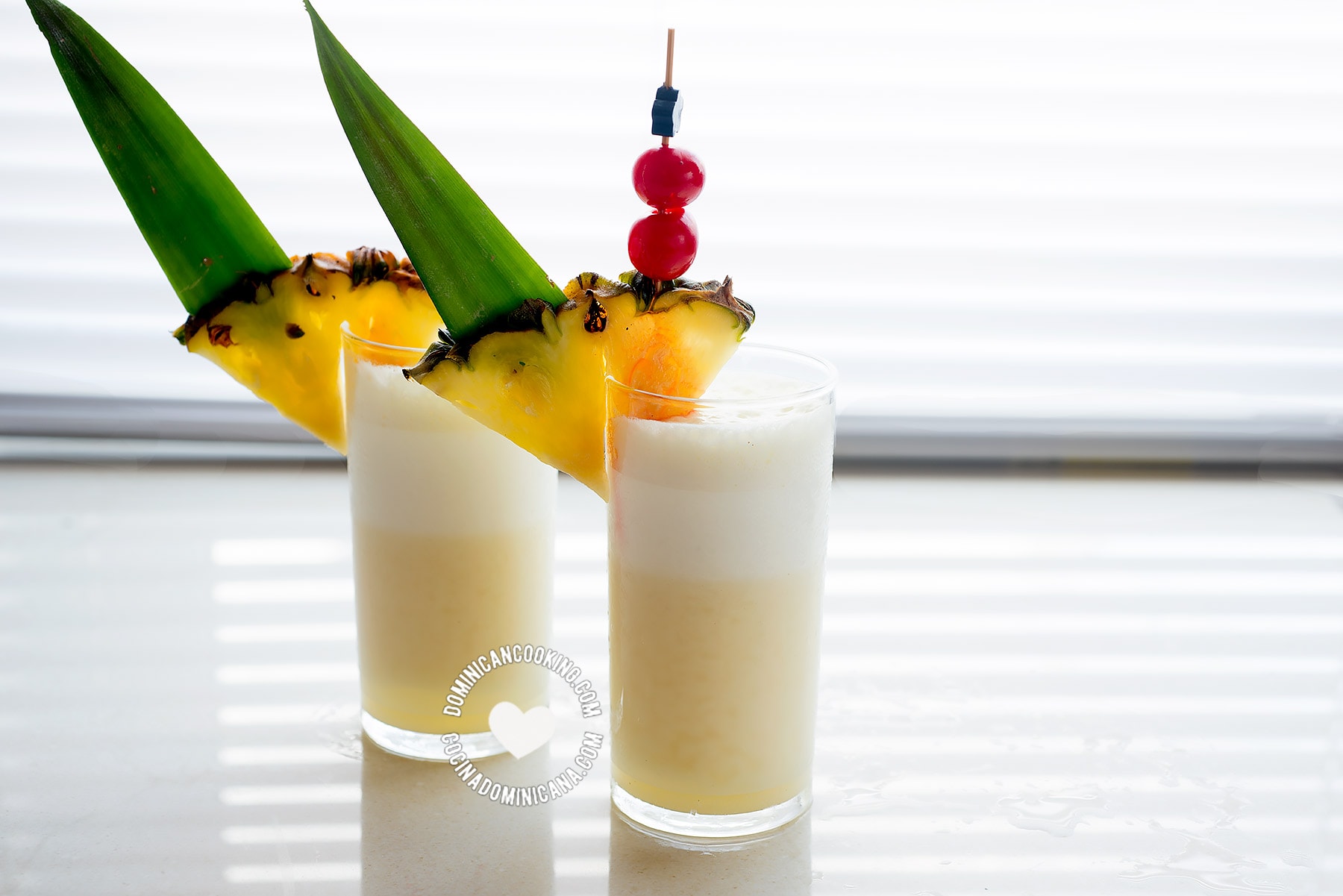
[Recipe + Video] Piña Colada (Rum, Pineapple and Coconut Cocktail)
Ingredients
- 3 cup diced pineapple
- ½ cup white rum
- 3 cup coconut cream, unsweetened
- 3 cup ice cubes
- ¼ cup sugar (white, granulated), or to taste
- Pineapple wedges, to garnish
Instructions
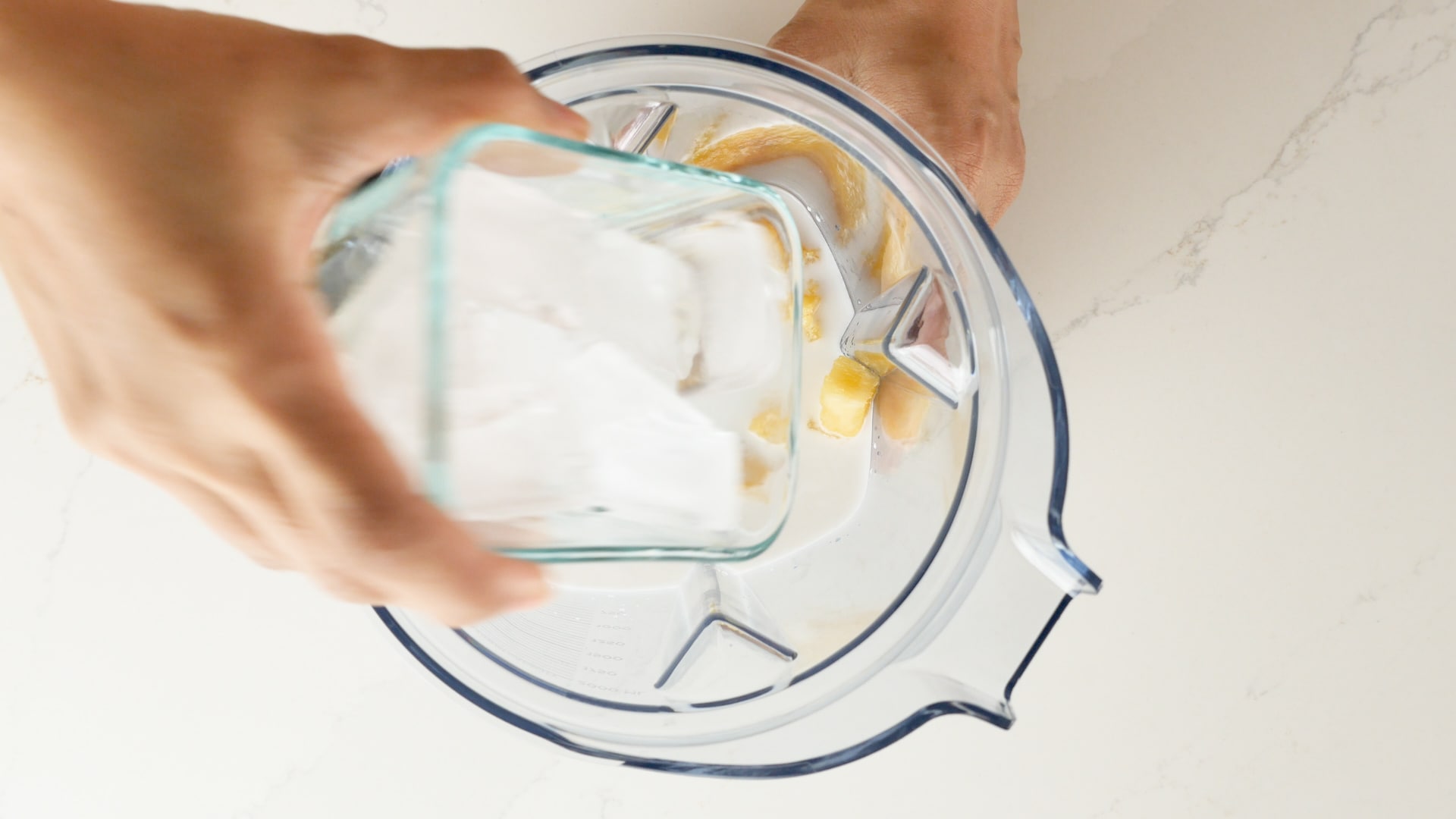 In a blender vase, combine pineapple, rum, coconut cream, and ice. Blend until thoroughly combined and the pineapple is blended. Add the sugar, and blend again to dissolve the sugar. Taste and add extra sugar if you find it necessary (I did not).
In a blender vase, combine pineapple, rum, coconut cream, and ice. Blend until thoroughly combined and the pineapple is blended. Add the sugar, and blend again to dissolve the sugar. Taste and add extra sugar if you find it necessary (I did not).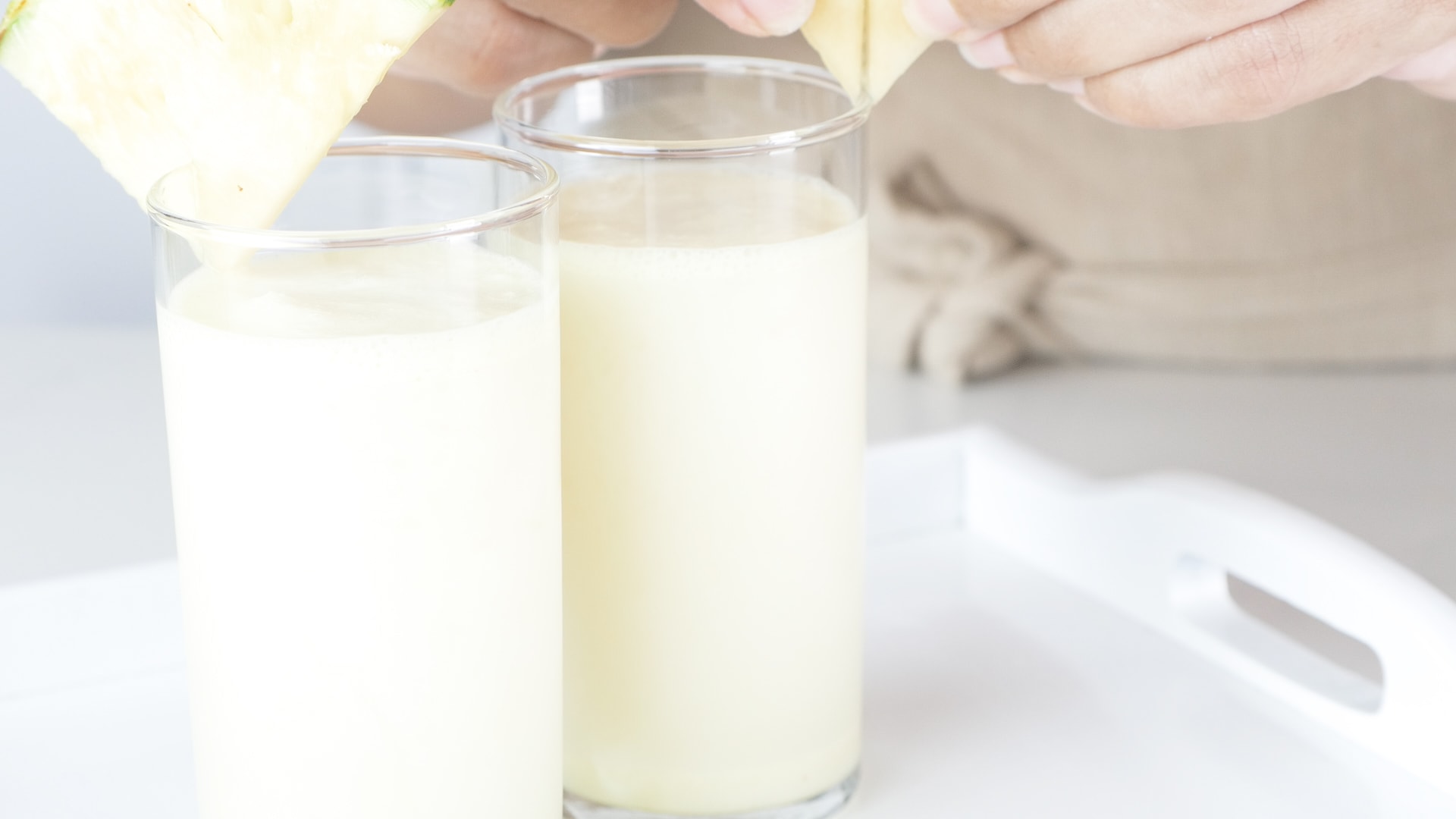 Pour equal amounts into 4 tall or hurricane glasses. Garnish each with a pineapple wedge and Moschino cherry (optional).Serve immediately.
Pour equal amounts into 4 tall or hurricane glasses. Garnish each with a pineapple wedge and Moschino cherry (optional).Serve immediately.
Video
Tips and Notes
Nutrition
Nutritional information is calculated automatically based on ingredients listed. Please consult your doctor if you need precise nutritional information.
Published Jan 2, 2011


